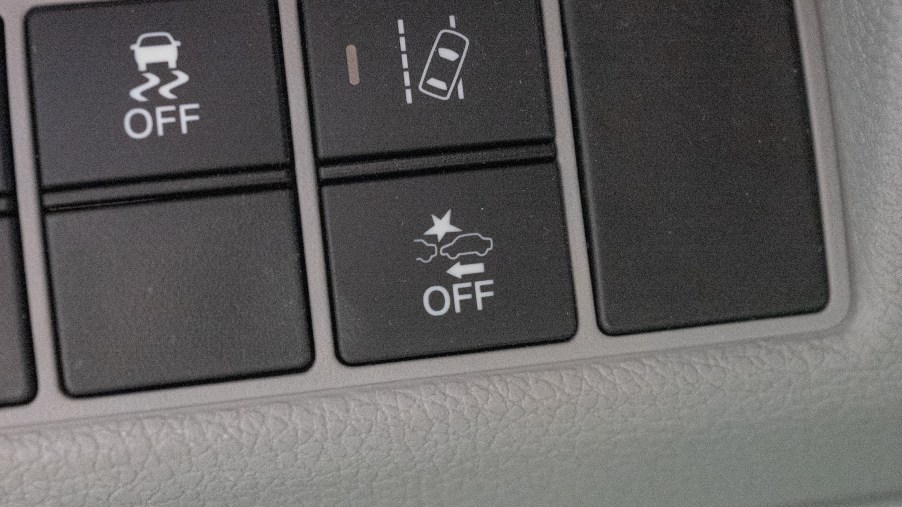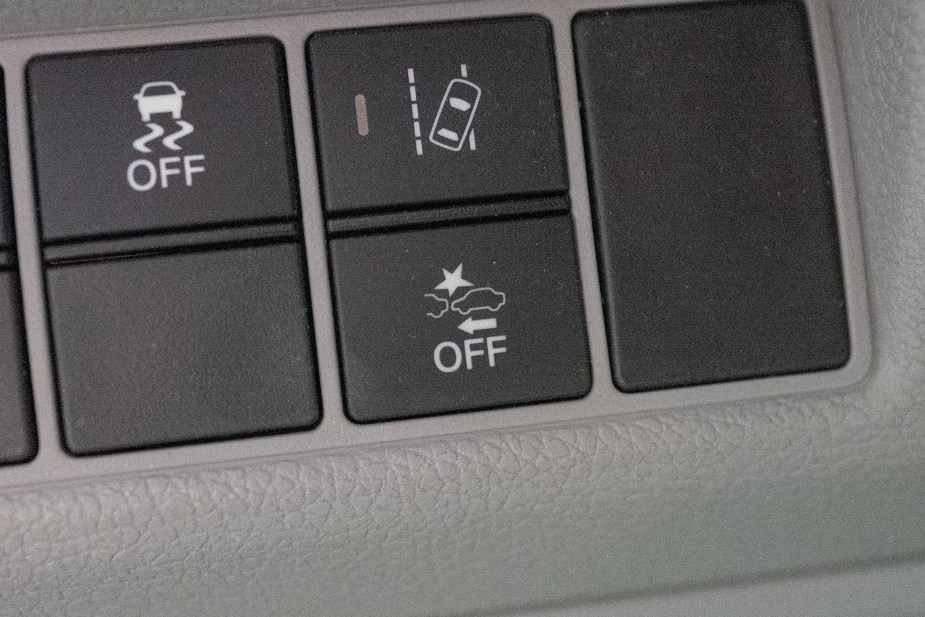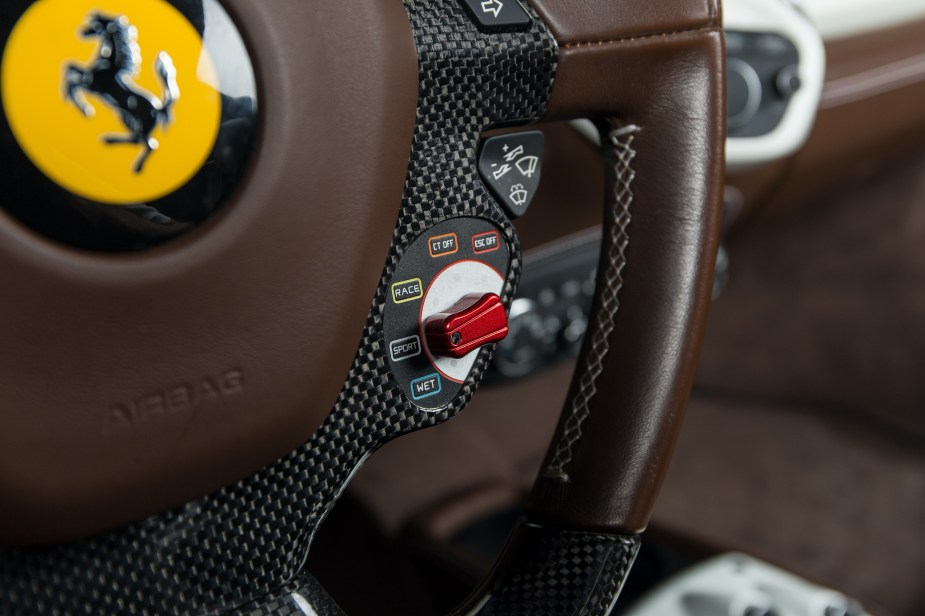
Does Stability Control Work Like Traction Control?
Modern car safety features can and do reduce accidents, that’s a statistical fact. However, it’s all too easy for drivers to rely on them too heavily, or worse, misunderstand their capabilities. That’s how some over-confident people spin their cars because they thought their stability control or traction control would save them. And therein lies the problem. Although both features can keep you safe, it’s important to know what makes them different.
What do stability control and traction control do?

On a very basic level, traction control and stability control have similar goals: keeping your car from crashing. However, the latter, often called electronic stability control (ESC), monitors slightly different things than the former.
As its name suggests, traction control, aka ‘traction control system (TCS)’ or ‘vehicle traction control (VTC),’ keeps track of your vehicle’s available traction. Specifically, it monitors wheelspin using the same wheel-speed sensors as your car’s ABS. And if it sees the wheels are spinning too much, it steps in to correct that.
Now, stability control does work in tandem with traction control to keep your car under, um, control. But it doesn’t track wheelspin. Instead, it monitors your steering inputs as well as the car’s motion using multiple sensors. And if the steering information doesn’t match with the motion data, the ESC intervenes.
Basically, if your wheels are spinning in place, traction control comes calling. But if your car is spinning along with them, stability control joins in.
How do they work?

To stop your wheels and/or your car from spinning, the stability control and traction control both modulate how much power gets to the wheels. Some of the most sophisticated systems do this by tweaking the car’s throttle, ignition, and fuel controls, MotorTrend says. But even these systems also rely on the basic principle of applying the brakes.
Because they work closely with your car’s ABS, the stability control and traction control both rely on wheel-speed and brake-pedal-position sensors. A car with TCS and/or ESC also needs special hydraulic valves so it can freely add or remove pressure from each wheel’s brake rotor. But because ESC keeps tabs on other factors, it needs additional sensors.
Besides the wheel-spin and brake-pedal sensors, stability control also relies on steering-wheel- and accelerator-pedal-position sensors. And it monitors your car’s motion in 3D using yaw, pitch, and roll sensors. The first tracks rotation around a vertical axis, i.e., if your car’s spinning/drifting. Meanwhile, the second measures how much your car dives forward or leans backward, such as under heavy braking. And the last tracks side-to-side motion, the kind you feel in corners, hence the term ‘body roll.’
Is it safe to drive with stability control and/or traction control off?
Since 2012, all new cars sold in the U.S. are required to have standard stability control. And since ESC and TCS work together, that means traction control comes along for the ride, too. But just because your car has them doesn’t mean you can’t turn them off. Furthermore, sometimes it’s a good idea to disable one or both systems.
For example, vehicles with multiple driving modes tweak their traction and stability control systems as you flip through the modes. Depending on the car, a hardcore Track mode might fully disable ECS or TCS, as can a Drift mode. And the same applies to many off-road-oriented vehicles. Shifting into 4LO in a Toyota 4Runner TRD Pro, for instance, automatically disables traction control. Otherwise, it would interfere with your rock-crawling abilities.
However, unless you are off-roading or on a racetrack, it’s better to leave both the traction and stability control on. Disabling either is kind of like removing an airbag on a road car. That doesn’t mean your car will instantly become undrivable, but it does remove a layer of safety.
Oh, and one more thing. Usually, your car will let you know that stability and/or traction control are active with a flashing or steady light. Disabling either system usually brings up another light or message, too. However, if the light stays on or keeps flashing and your car isn’t fishtailing or spinning its wheels, and you haven’t turned ESC or TCS off, that means there’s a fault. If that happens, barring bad weather or poor roads, your car should still be safe to drive. But take it to a mechanic ASAP.
Still, if you do see that VSC, TCS, or ESC light, now you know what’s going on.
Follow more updates from MotorBiscuit on our Facebook page.


